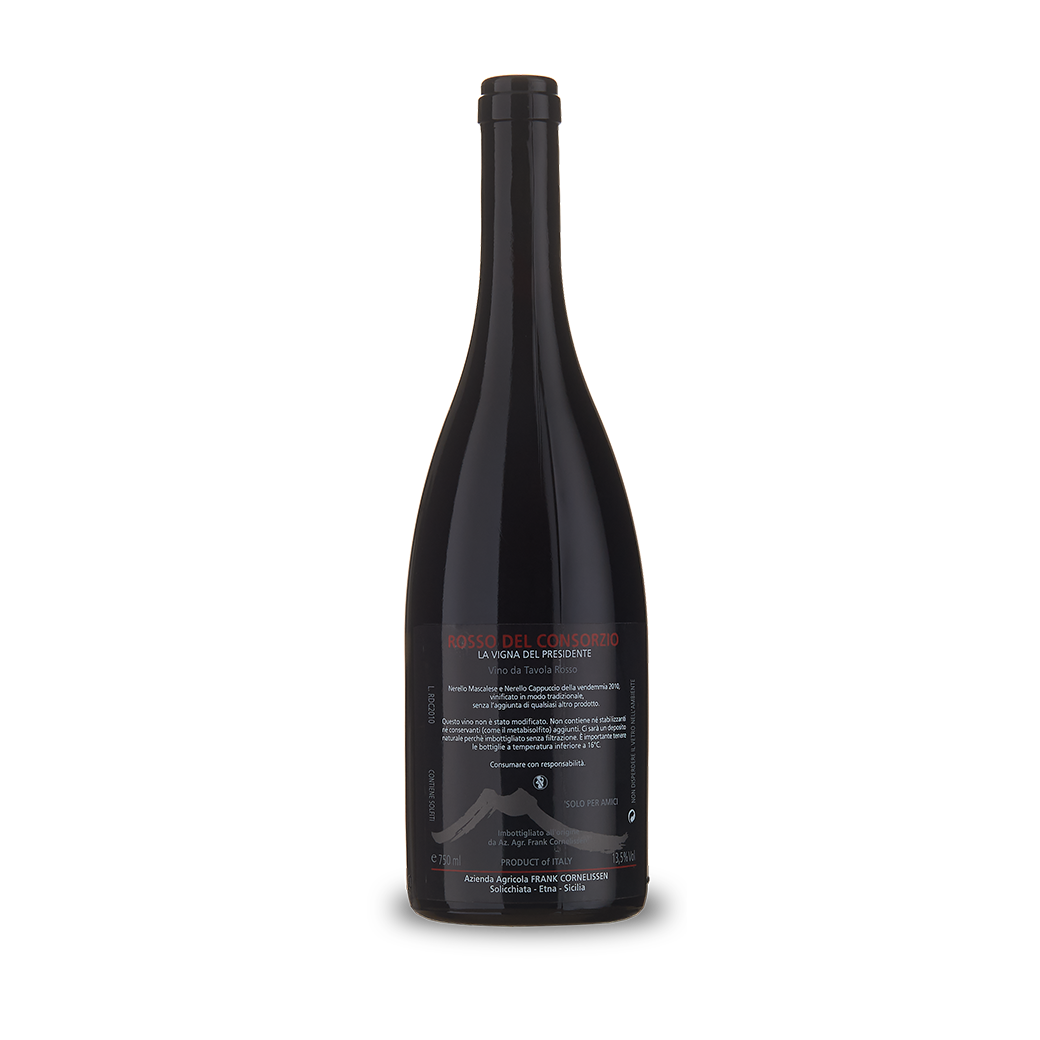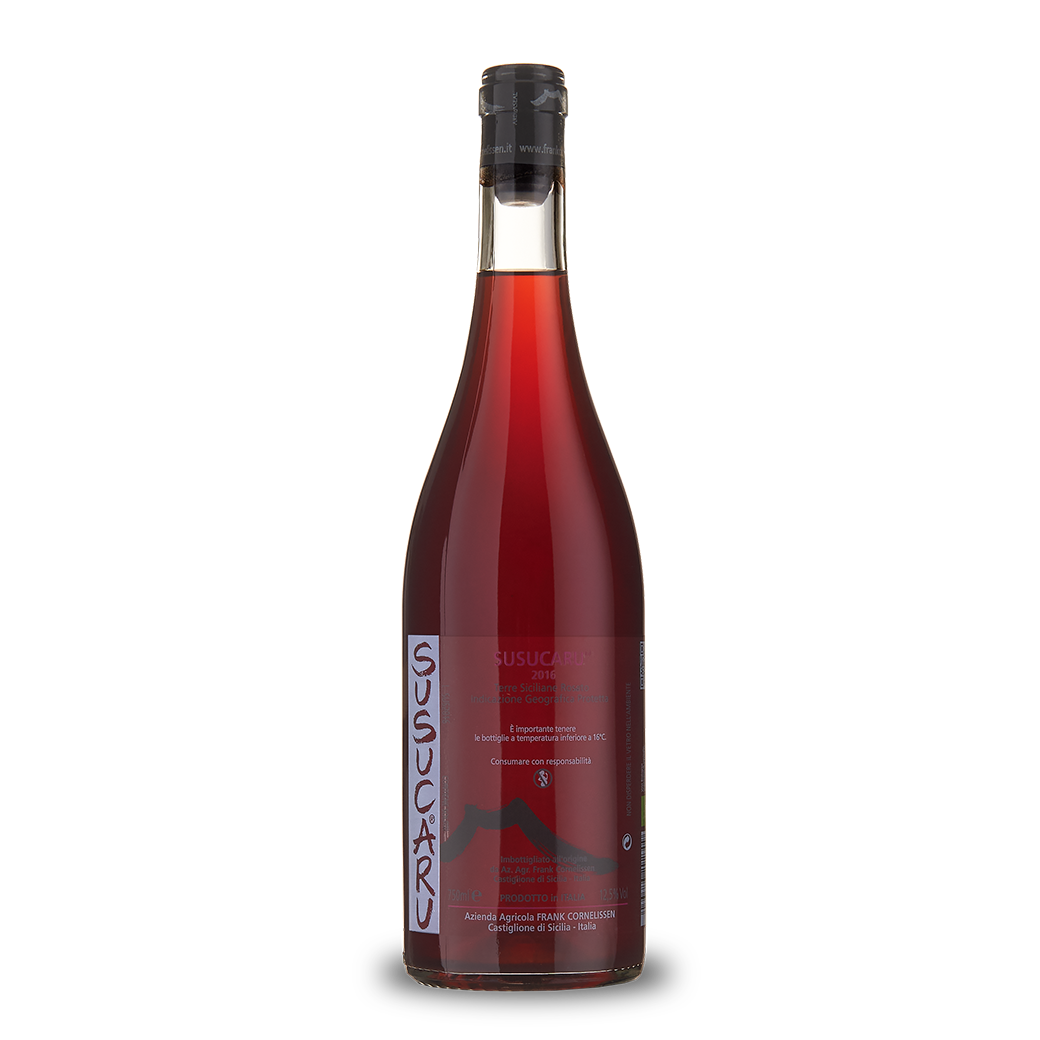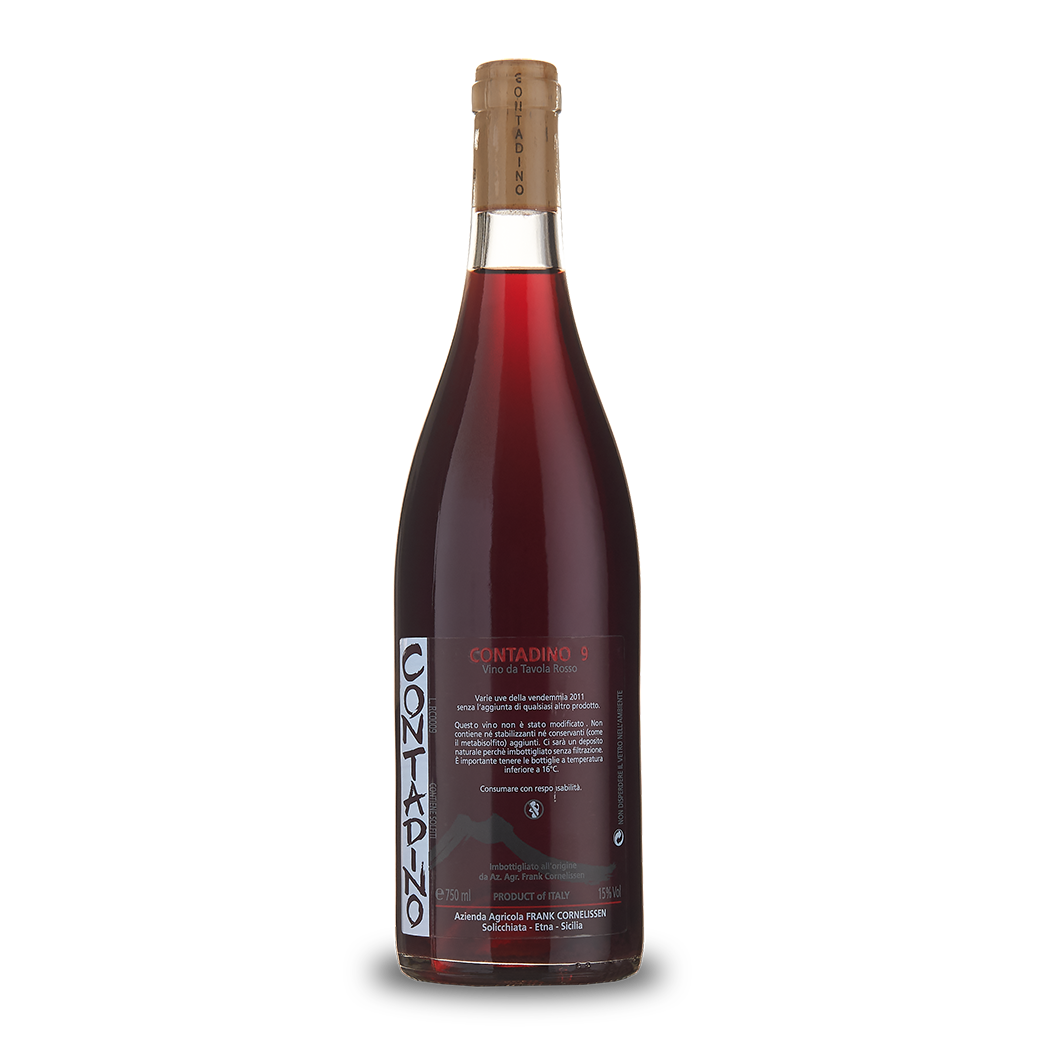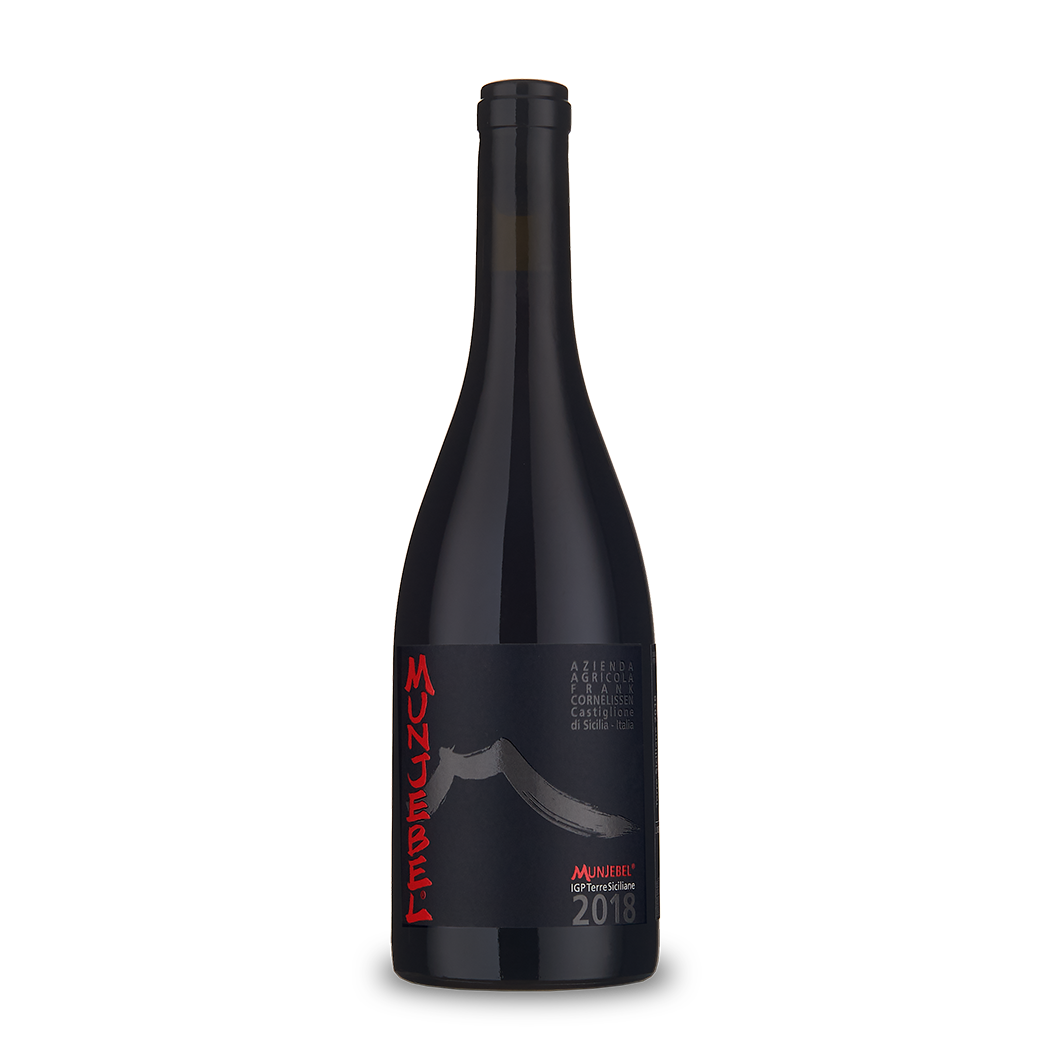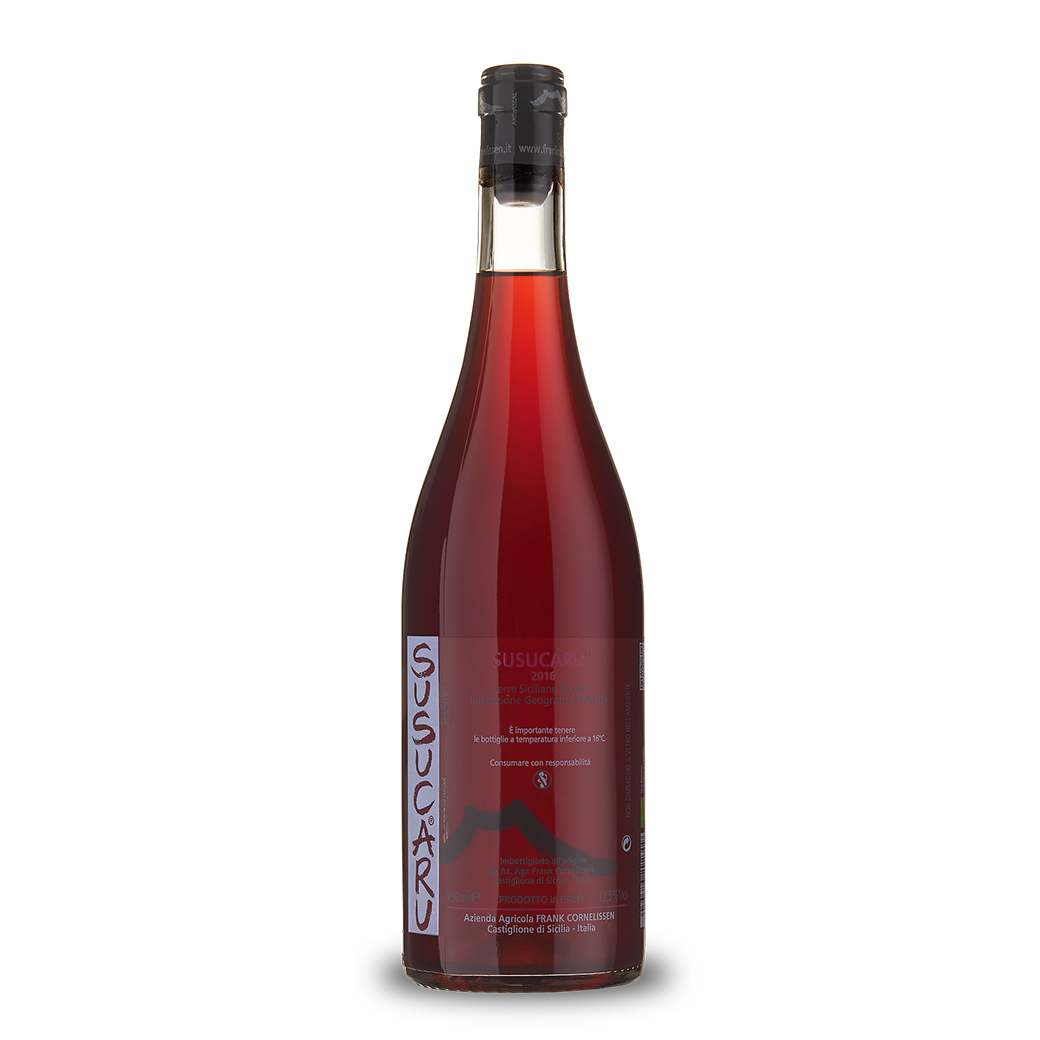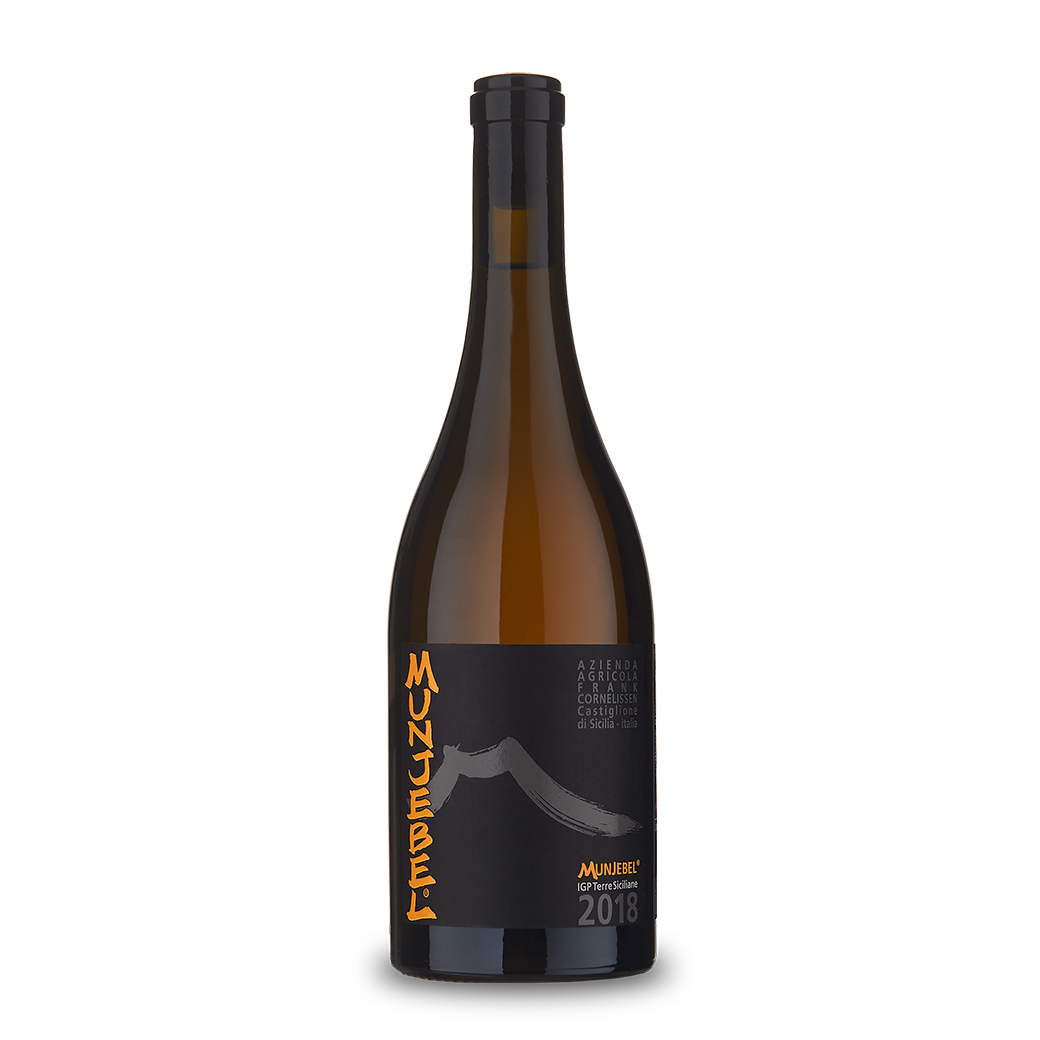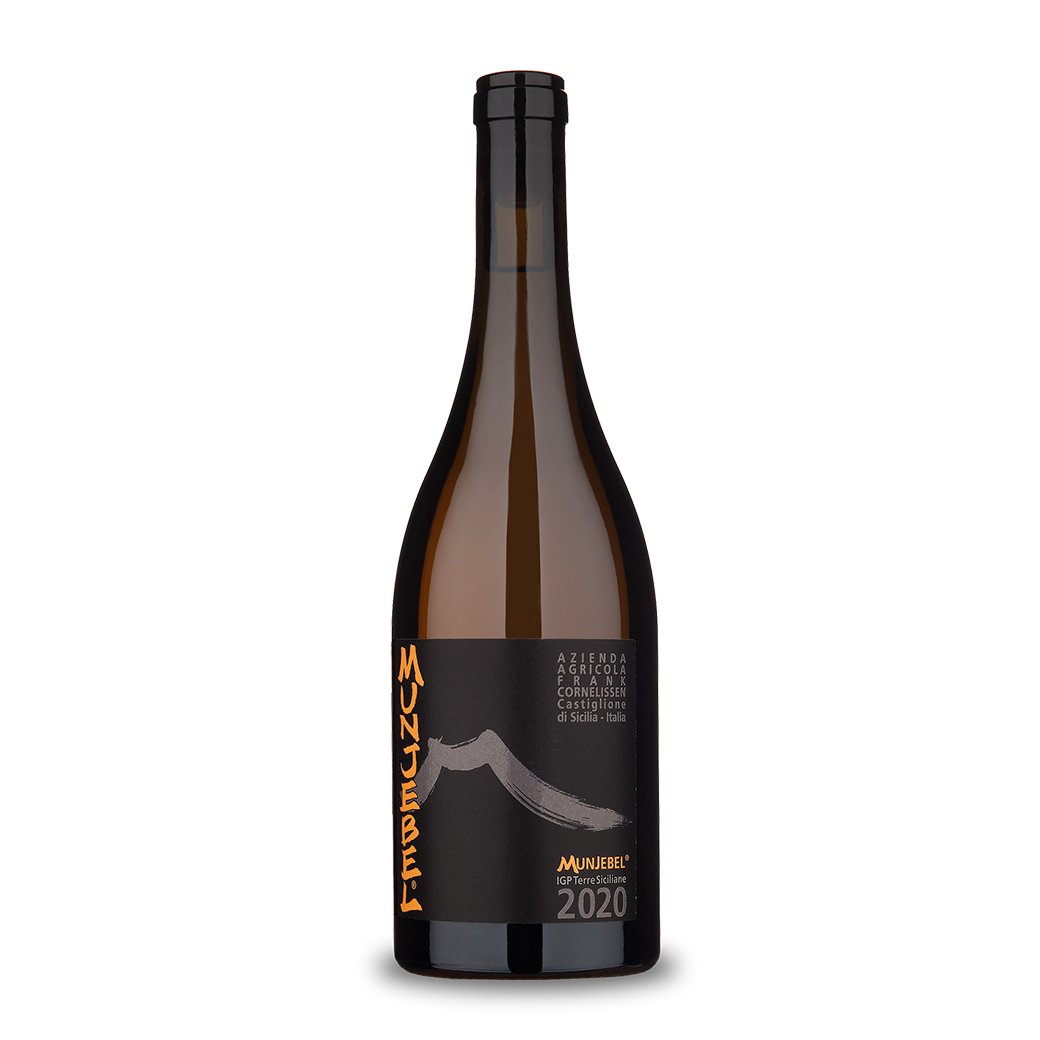Frank Cornelissen
Their farming philosophy is based on their acceptance of the fact that man will never be able to understand nature’s full complexity and interactions. They therefore choose to concentrate on observing and learning the movements of Mother Earth in her various energetic and cosmic passages and prefer to follow her indications as to what to do, instead of deciding and imposing themselves. Consequently this has taken them to possibly avoiding all treatments on the land they cultivate, whether homeopathic, organic or biodynamic. Accepting and following nature is their guideline as the divine ability to understand the ‘Whole’ was obviously not given to man as they are only a part of this complex and not God himself.
Their estate was established in 2001, when Etna as a wine region was still undiscovered. Their vineyards are located on the Northern valley of the active volcano Etna, in the oriental part of Sicily. The northern valley is considered today Etna’s top area for single-vineyard (contrada) red wines like the “Côtes-de-Nuits” in Burgundy or Piemonte’s “Barolo” area. The surface area of their estate is approximately 24 hectares, of which 13ha are old vines in the classic free standing alberello training system (Gobelet or bush-vine), 9ha of old vines transformed into modern rows with various width, approximately 2ha of olive groves and the remainder are fruit trees, vegetables and bushes. Although Etna has a tradition in high density plantation of vines, they search to reduce monoculture and have interplanted various local fruit varieties and kept bees to regain a complex ecosystem. The new vineyards are planted without grafts, using a selection of their original, ungrafted vines. The training system used is the albarello. Buckwheat is used for rebalancing soils low on organic material without recourse to industrial compost, especially important when preparing land for a new vineyard plantation. They avoid soil-tilling as much as possible, although this depends on the vintage and the quantity of water over the winter (recovering of the vines after the production cycle). Their goal is to avoid all treatments whatsoever in the vineyard, orchard and surroundings, in which they succeeded even in difficult vintages such as 2004 and 2005. Unfortunately there will always be the vintages where treatments with copper sulphate and sulphur are necessary to avoid vines from dying like 2013 and 2015.
Their products are the result of this philosophy and their hands and team. Wines and olive oils which reflect ultimate territorial identity and mineral depth carry the name Magma® and MunJebel®. These are single contrada (cru) and vintage wines and olive oils from various superb terroirs between 600-1.000 metres altitude. Magma® Rosso is their “Grand Vin”, produced from only Nerello Mascalese grapes in contrada Barbabecchi. Magma® Olio di Oliva is pressed from perfectly ripe San Benedetto olives from contrada Borriglione.
In order to obtain profound, territorial wines, their grape yields are low, around 300 to 600g per vine for the top vineyards and wines, achieved by pruning very short in the dormant season. On their Grand Vin Magma®, every grape cluster is tailored, with tails cut away and unripe or damaged berries delicately hand picked out. They harvest relatively late, in search for perfect phenolic ripeness, starting mid October to early November, effected in multiple passages, to obtain dense and profound wines. The grapes are transformed in a delicate way, fermented with the skins in small neutral tubs to avoid high temperatures during fermentation, which lasts at least until alcoholic fermentation is finished, depending on the quality of the skins, enabling the fermentation to finish perfectly. After this stage, the wines are gently pressed and stored in neutral vessels in order not to absorb any external flavors. The wines destined for early bottling go into larger epoxy decanting tanks whereas the wines destined for longer aging due to higher tannin levels and/or structure age in smaller epoxy tanks of max 2.500 litres, or epoxy coated terracotta vessels buried up to the neck in the cellar in ground volcanic rock.
Their farming philosophy is based on their acceptance of the fact that man will never be able to understand nature’s full complexity and interactions. They therefore choose to concentrate on observing and learning the movem...
Filters
Filters

